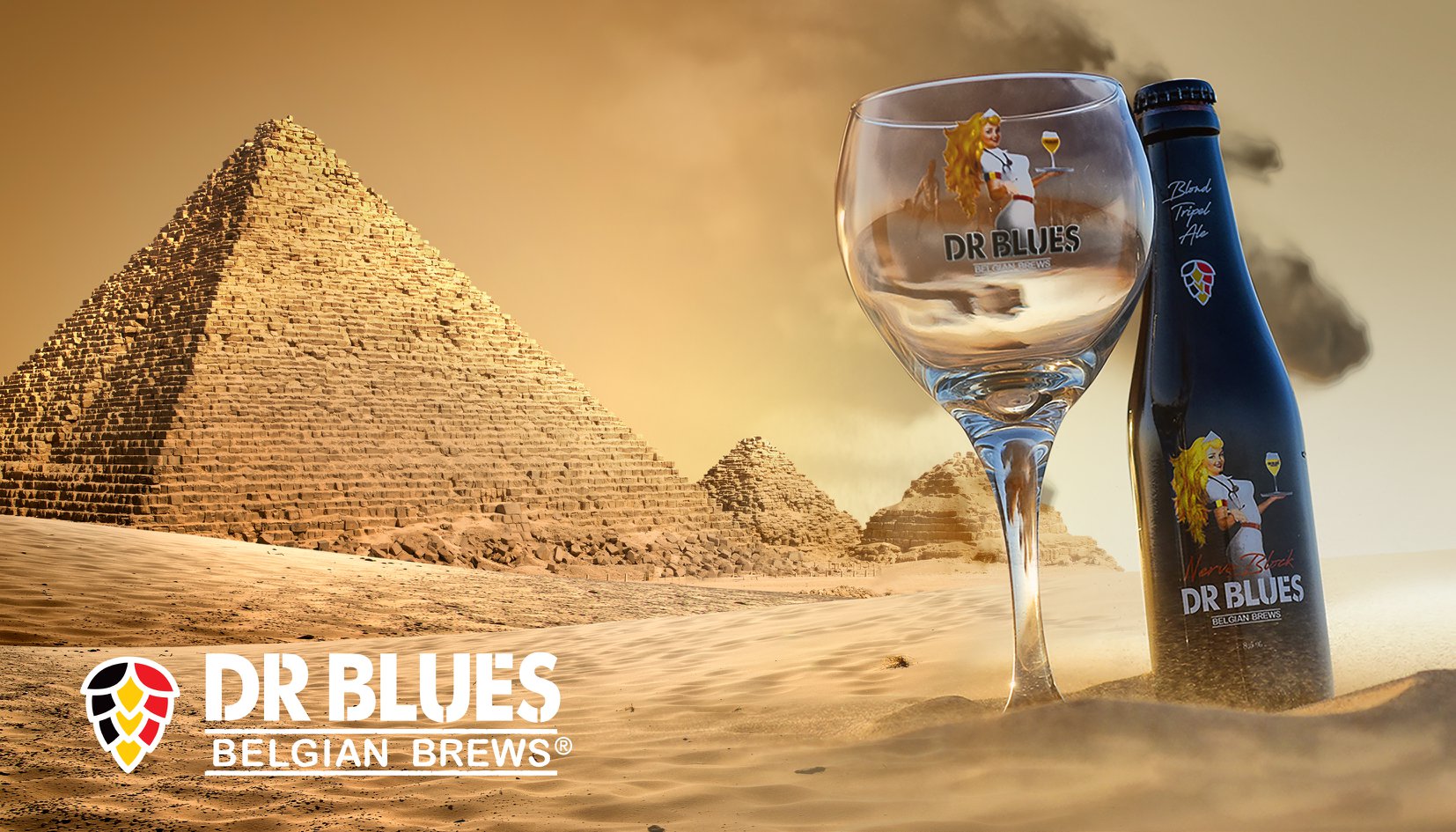BEER TRIVIA: Ancient Antibiotic Ale
Posted in Blog

In the 1980s, archaeologist George Armelagos, Professor of Anthropology at Emory University, lead a team that unearthed 2,000-year-old Nubian bones, where traces of the antibiotic tetracycline were found. New research has shown that the bones contain high concentrations of tetracycline, amounts consistent with modern humans. But, how is it possible that people were ingesting the antibiotic regularly when the use of antibiotics for medicinal purposes is a relatively modern discovery?
It’s simple – the antibiotic was being consumed through their beer. Streptomyces, the bacteria which tetracycline spawns, was most likely created during the brewing process. Ancient Nubians made this beer by a crude process of fermenting bread. The end product, fermented in vats, was a thick and chunky brew with an ABV of around 3%. This ale was consumed daily, and it was consumed by everyone, including children.
This medicinal beer wasn’t a fluke, according to Armelagos:
“Given the amount of tetracycline there, they had to know what they were doing. They may not have known what tetracycline was, but they certainly knew something was making them feel better.”
Tetracycline was previously thought to be discovered in the late ’40s and is commonly used today to treat various problems, such as acne, pneumonia and other bacterial infections. Today, however, most beer is pasteurized to kill Strep and other bacteria, so there should be no antibiotics in the beer you are drinking.
